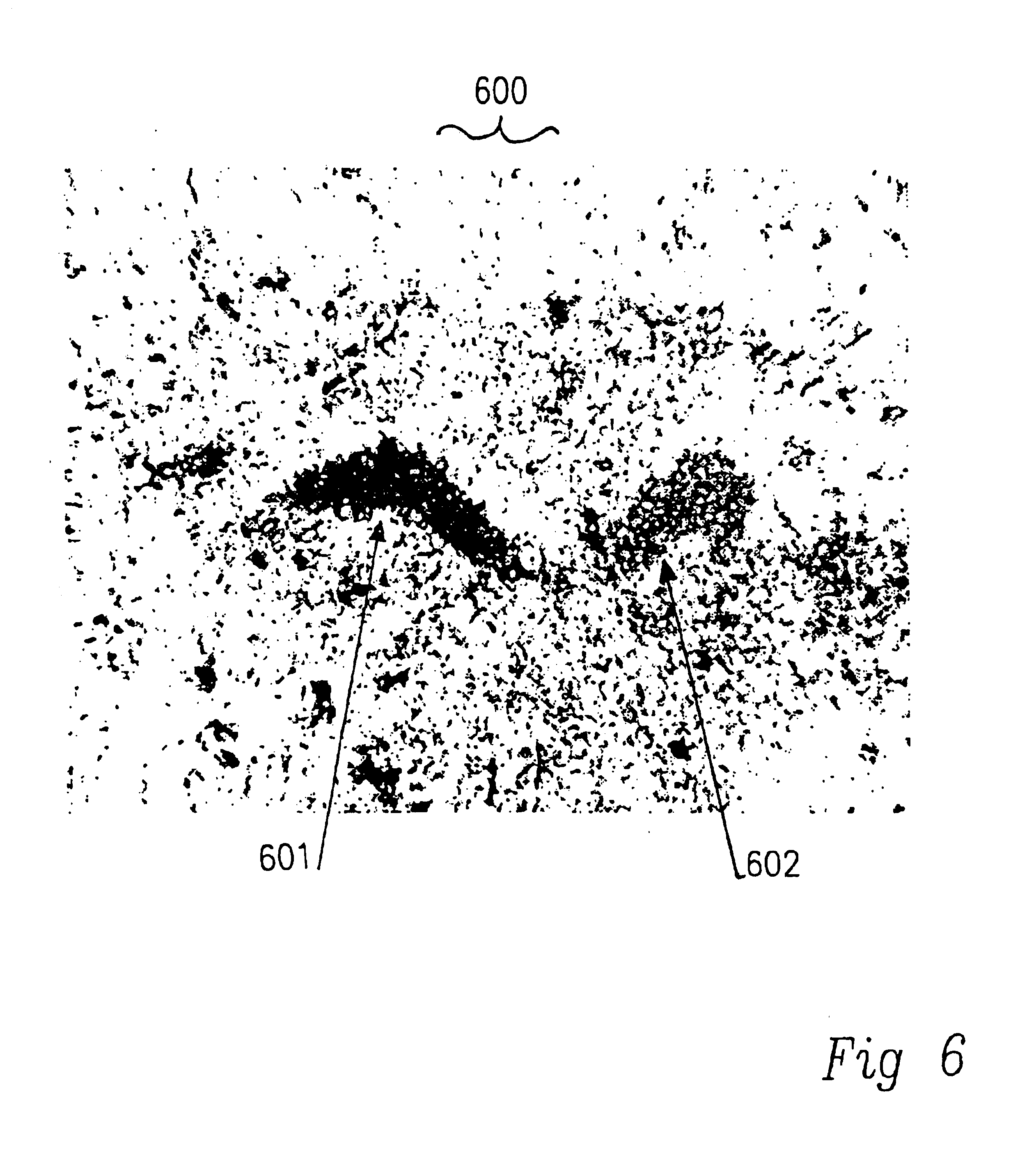Use of GPE to protect glial cells or non-dopaminergic cells from death from neural injury or disease
a technology of glial cells and glial cells, applied in the field of gpe, can solve the problems of severe brain injury, permanent loss of function, children whose brains have been damaged, etc., and achieve the effects of less neuronal loss, less neuronal loss, and less glial cell loss
- Summary
- Abstract
- Description
- Claims
- Application Information
AI Technical Summary
Benefits of technology
Problems solved by technology
Method used
Image
Examples
experiment 4
is a non-limiting example in 21-day old rats to show that GPE has a significant beneficial effect on neuronal outcome when given intraperitoneally, two hours after an insult comprising hypoxia.
Sara has shown GPE to modulate neuronal activity and because agents such as NMDA which do may have some role in treating neuronal injury suggested but did not provide any evidence for its use as a treatment for neurological disease. However there is no prior art for our claims which are that GPE can be used to prevent neurological disease by preventing neurones and glia from dying. The type of clinical application to which our invention is directed is totally different from that of Sara.
More recent work by us tends to support the finding that the effects of GPE are most developed in the hippocampus itself; the CA1-2 regions. Thus our data relating to GPE and the like may be in the first instance most relevant to diseases primarily involving the hippocampus, and in the second instance to other ...
experiment 1
The objective of this study was to compare the effects of administering IGF-1 and the NMDA receptor antagonist MK801 after a CNS injury in order to clarify the site of action of IGF-1. The experiments involved treating the rats with vehicle, IGF-1, MK801 or IGF-1 plus MK801 2 hours after a CNS injury. These rats had an hypoxic-ischemic injury to one cerebral hemisphere induced in a standard manner. One carotid artery was ligated and the animal was subjected two hours later to a defined period of inhalational hypoxia. The degree, length of hypoxia, ambient temperature and humidity were defined to standardise the degree of damage. They were sacrificed five days later for histological analysis using stains (acid-fuchsin) specific for necrotic neurons. In such experiments cell death typically is restricted to the side of the side of arterial ligation and is primarily in the hippocampus, dentate gyrus and lateral cortex of the ligated hemisphere.
Adult Wistar rats (68 280-320 g) were prep...
experiment 2
The objective of this study was to compare the effects of treatment either with IGF-1 (see FIG. 2) and previously published work with the NMDA antagonist MK810 after an ischemic brain injury on postischernic seizures and neuronal losses in fetal sheep. (Tan et al Ann Neurol 32:677-682 (1992)).
The methods were those of an earlier study (Tan et al Ann Neurol 32:677-682 (1992)). Briefly, late gestation fetal sheep were chronically instrumented to record EEG, nuchal activity and blood pressure, and were then returned to the uterus. Cortical EEG activity, nuchal activity and blood pressure were recorded throughout he experiment and the fetal brain subjected to 30 minutes of ischemia. Two hours later they were treated by an infusion of either 1 .mu.g IGF-1 (n=6) or vehicle (artificial CSF) (n=6) into the lateral ventricle. Five days later the brains were fixed and assessed for neuronal loss as described previously (Tan et al Ann Neurol 32:677-682 (1992)).
FIG. 2 shows the neuronal loss sco...
PUM
 Login to View More
Login to View More Abstract
Description
Claims
Application Information
 Login to View More
Login to View More - R&D
- Intellectual Property
- Life Sciences
- Materials
- Tech Scout
- Unparalleled Data Quality
- Higher Quality Content
- 60% Fewer Hallucinations
Browse by: Latest US Patents, China's latest patents, Technical Efficacy Thesaurus, Application Domain, Technology Topic, Popular Technical Reports.
© 2025 PatSnap. All rights reserved.Legal|Privacy policy|Modern Slavery Act Transparency Statement|Sitemap|About US| Contact US: help@patsnap.com


